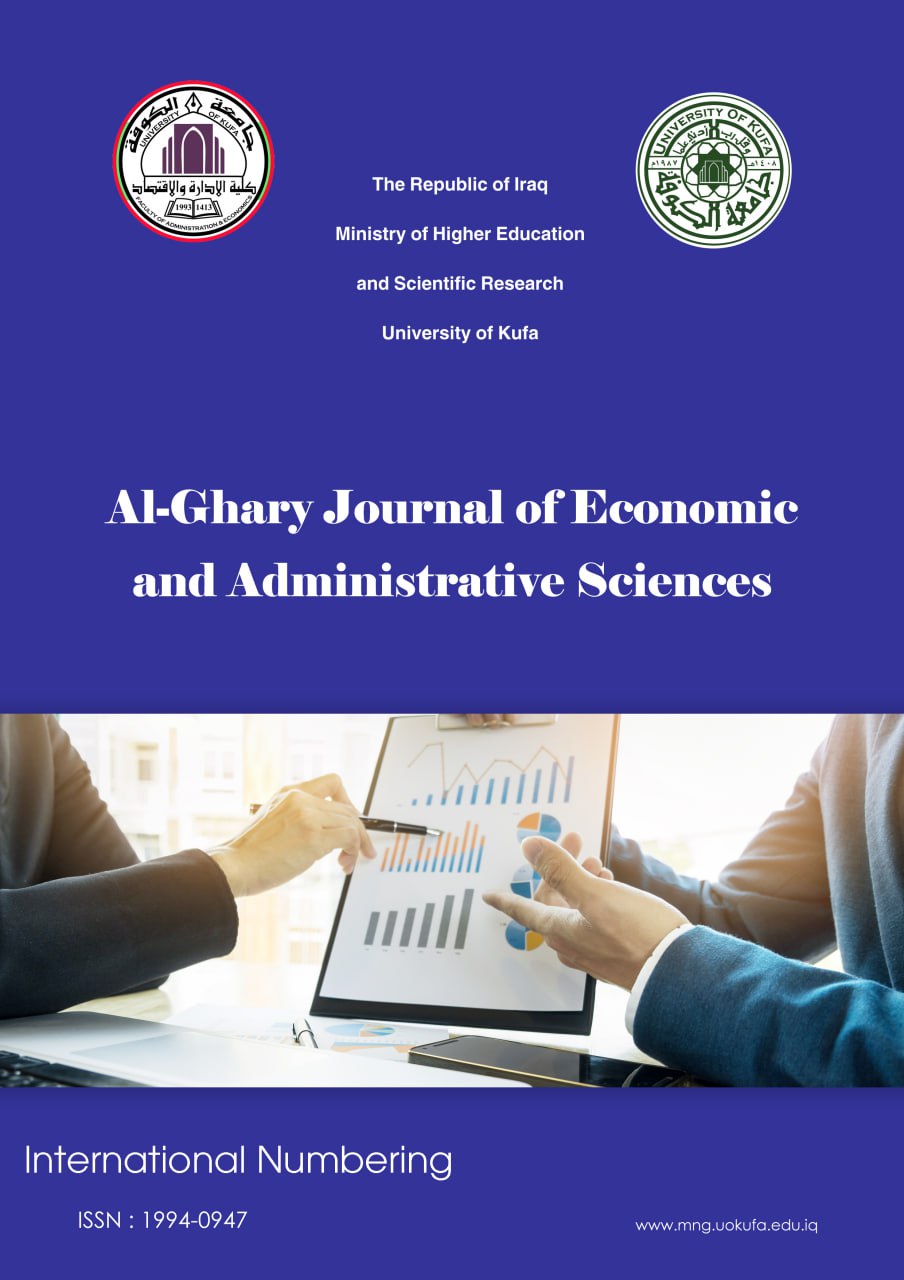Use of cost Technique Performance Focused Activity Based Costing to reduce costs (An Empirical Study)
DOI:
https://doi.org/10.36325/ghjec.v19i4.14872Keywords:
cost Technique Performance Focused Activity, reduce costsAbstract
The research aims to display and analyze cost the Performance – Focused activity based costing (PFABC) and the role it wants to reduce costs and monitor the available resources and then evaluate the performance of industrial units, and the implementation was applied in one of the factories of the General Company for Food Products / Diwaniyah Dairy Factory.
The results of the research showed that the PF-ABC works on reduce costs and evaluating performance through better management of surplus energy, optimal utilization of available resources, and identification of activities that should be reconsidered.
The research presented a set of recommendations, the most important of which is that for the purpose of reducing costs and evaluating the performance of economic units, the cost technology must be applied the (PFABC) because of the measures it provides in quantity, price, efficiency and effectiveness. And it is necessary to take the reasons that led to the emergence of these deviations, whether appropriate or inappropriate, because the emergence of these deviations is evidence of the lack of efficiency in performance, and the study also recommended the need for continuous attention to meeting the desires and needs of customers and translating the loss, i.e. the need to get rid or reduce the costs of activities That does not add value to the product or service.
Downloads
Downloads
Published
How to Cite
Issue
Section
License
Copyright (c) 2024 مجيد عبد الحسين هاتف، إيهاب هادي صاحب

This work is licensed under a Creative Commons Attribution 4.0 International License.
which allows users to copy and create excerpts and summaries, and thus create new scientific works from the article or modify it and benefit from the scientific material, provided that the user refers to the link to the original article









